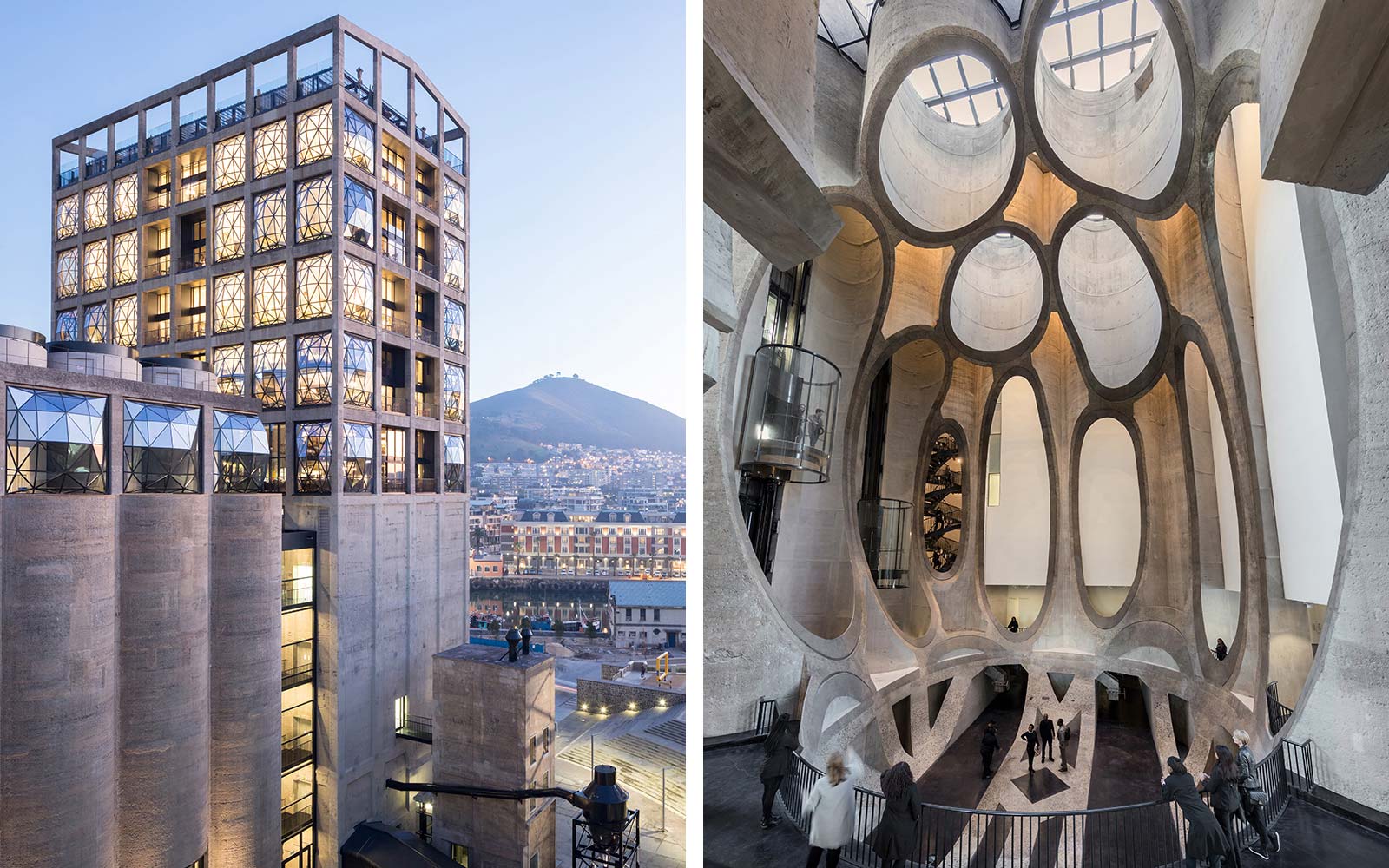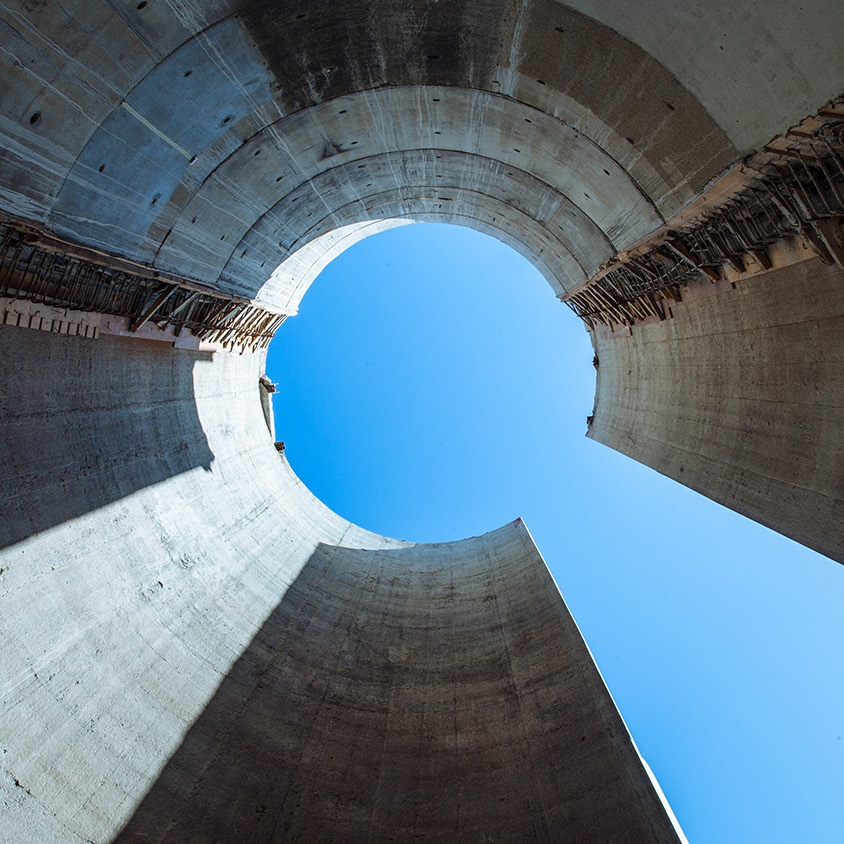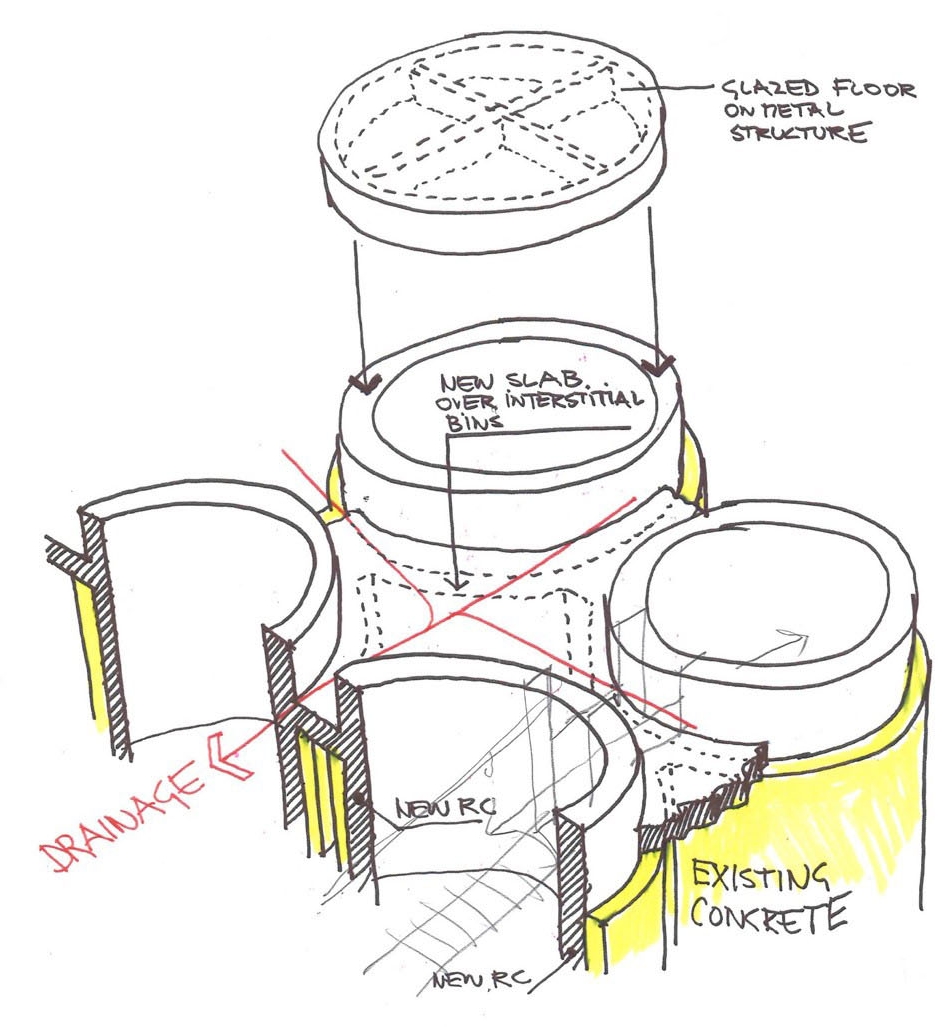LusiveLife
LusiveLife /
Design - Events - Giving - InspirationCreating Cape Town’s Zeitz MOCAA

The challenge to repurpose what was once the tallest building on the Cape Town skyline caught the imagination of internationally acclaimed designer Thomas Heatherwick and his innovative team of architects. This was a chance to do more than just appropriate a former industrial building to display art, but to imagine a new kind of museum in an African context. After many years of construction, Zietz MOCCA opened in September 2017.
Imagine forty-two 33 meter high concrete tubes, each with a diameter of 5.5 meters, with no open space to experience the volume from within. Imagine redesigning this into a functional space that will not only pay tribute to its original industrial design and soul but will become a major, not-for-profit cultural institution housing the most significant collection of contemporary art from Africa and its Diaspora. The brief given to Heatherwick Studio was to reimagine the Grain Silo Complex at the V&A Waterfront with an architectural intervention inspired by its own historic character. The project called for a solution that would be unique to Africa and create the highest possible quality of exhibition space for the work displayed inside. The V&A Waterfront’s challenge to repurpose what was once the tallest building on the Cape Town skyline caught the imagination of internationally acclaimed designer Thomas Heatherwick and his innovative team of architects. This was a chance to do more than just appropriate a former industrial building to display art, but to imagine a new kind of museum in an African context.
Cape Town’s prominent grain silo was once used to store and grade maize from all over South Africa. But with the advent of containerized shipping, the huge piece of concrete infrastructure was decommissioned and in need of a new purpose. Shortly after the Victoria & Alfred Waterfront had approached the Heatherwick to develop and adapt the site, an initiative began to create Africa’s first international museum dedicated to contemporary African Art.
The two programs coincided to transform the grain silo into a new permanent home for Jochen Zeitz and Zeitz Foundation’s collection of contemporary art as the catalytic starter for the new museum. The original building was composed of two main elements – a grading tower and a block of 42 tightly-packed silos. Rather than resorting to wholesale demolition, the studio!!! Took on the challenge to convert the multitude of concrete tubes into spaces to display art while retaining the silo’s industrial character.
Heatherwick‘s solution was to carve out a large central space from the cellular concrete structure to form a major social space that reveals the original intersecting geometries in an unexpected way. The perimeter tubes were then substantially cut back and converted into five floors of galleries for permanent and temporary exhibitions. The finished carved tubes above the atrium space allow daylight in from above through thick layers of laminated glass, fritted with a pattern commissioned from the West African artist El Loko. The frit creates a walkable surface for the upper level sculpture garden, allowing daylight inside while protecting from too much heat building up inside. In the grading tower, concrete walls were cut away between the structural frame to create new three dimensionally shaped windows that reflects a kaleidoscope of textures and colors that change throughout the day. At night, the glow of lights inside transform the tower into a beacon in the harbor.


sources: heatherwick, zeitzmocaa
